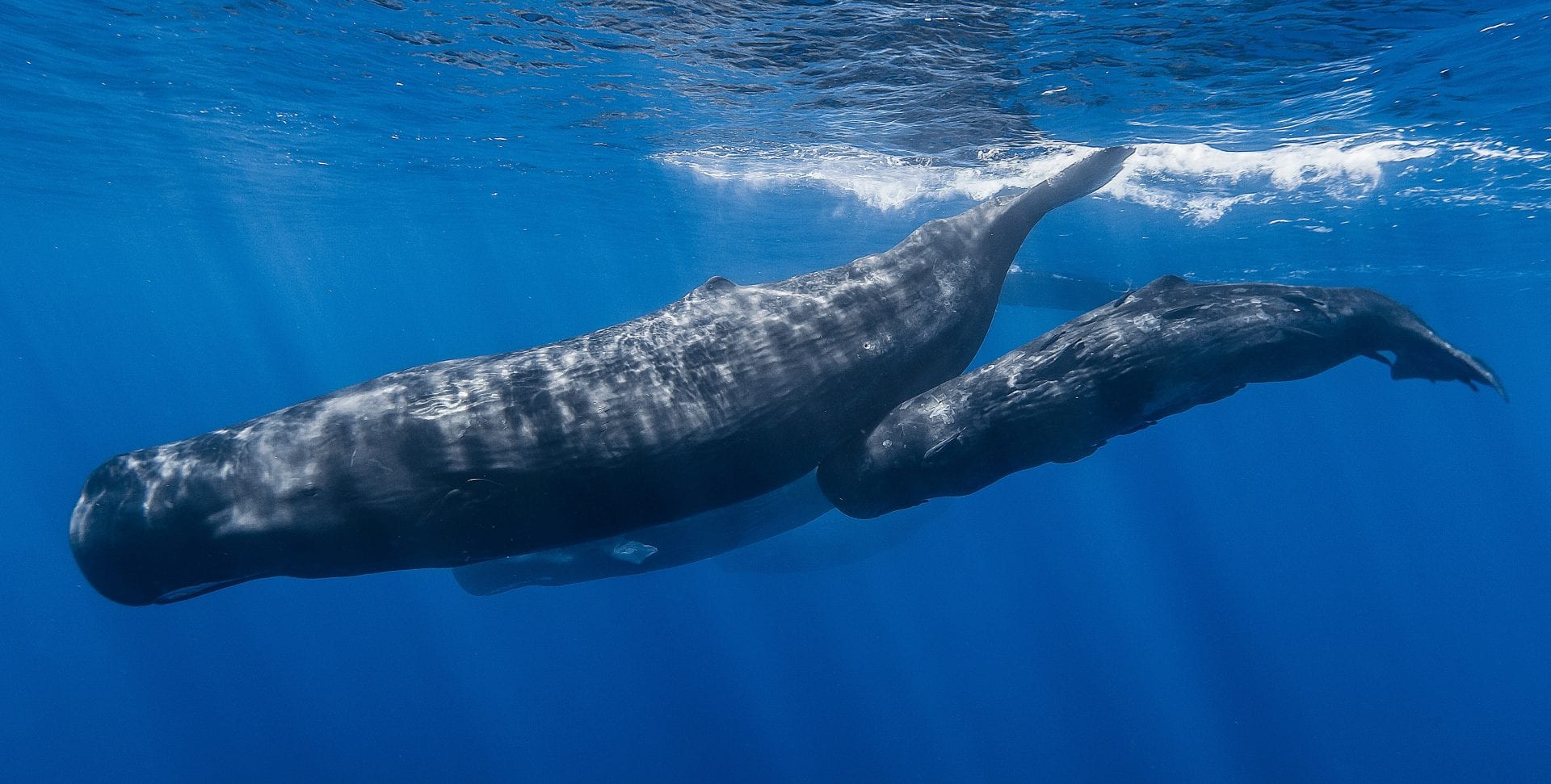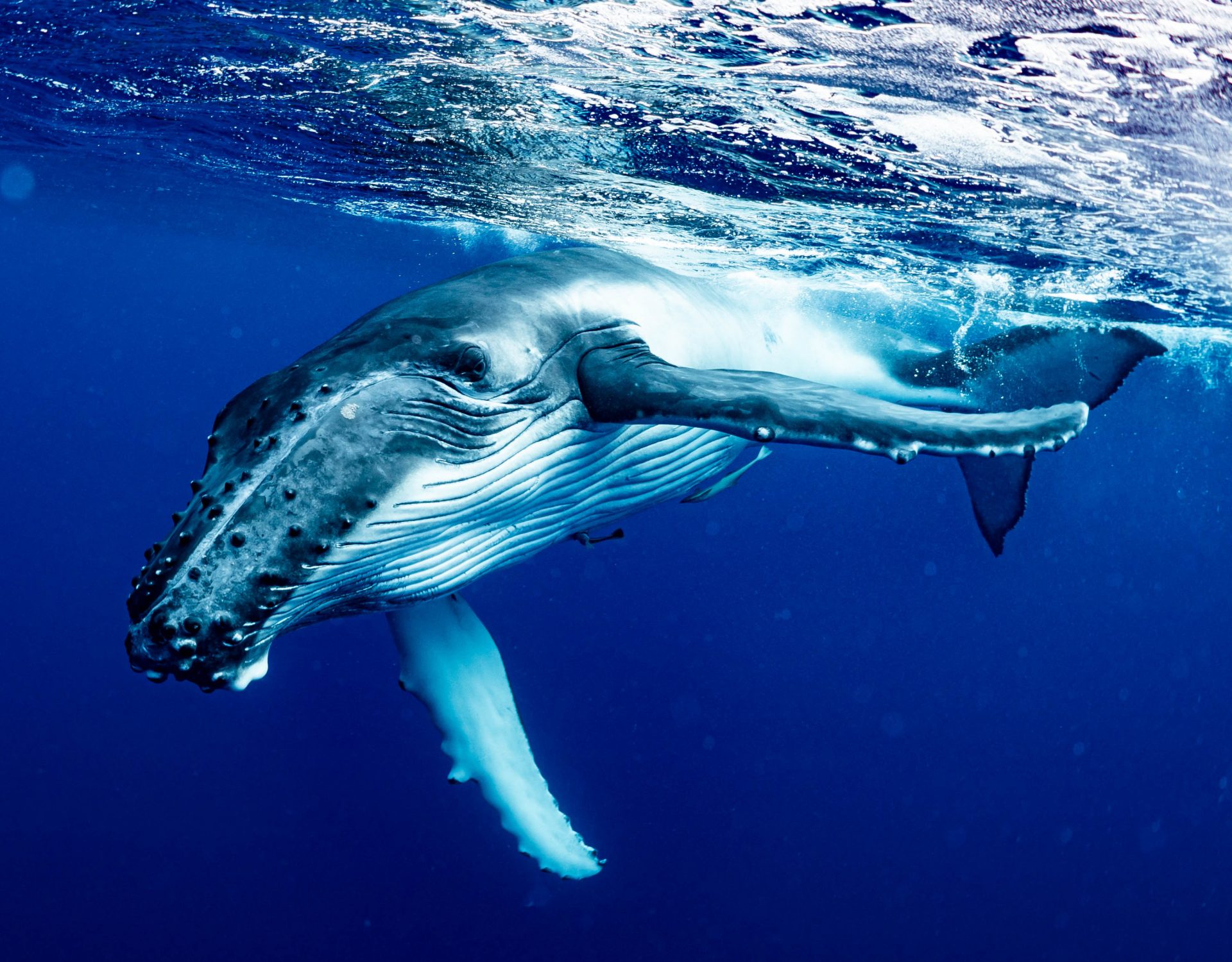Whale Science
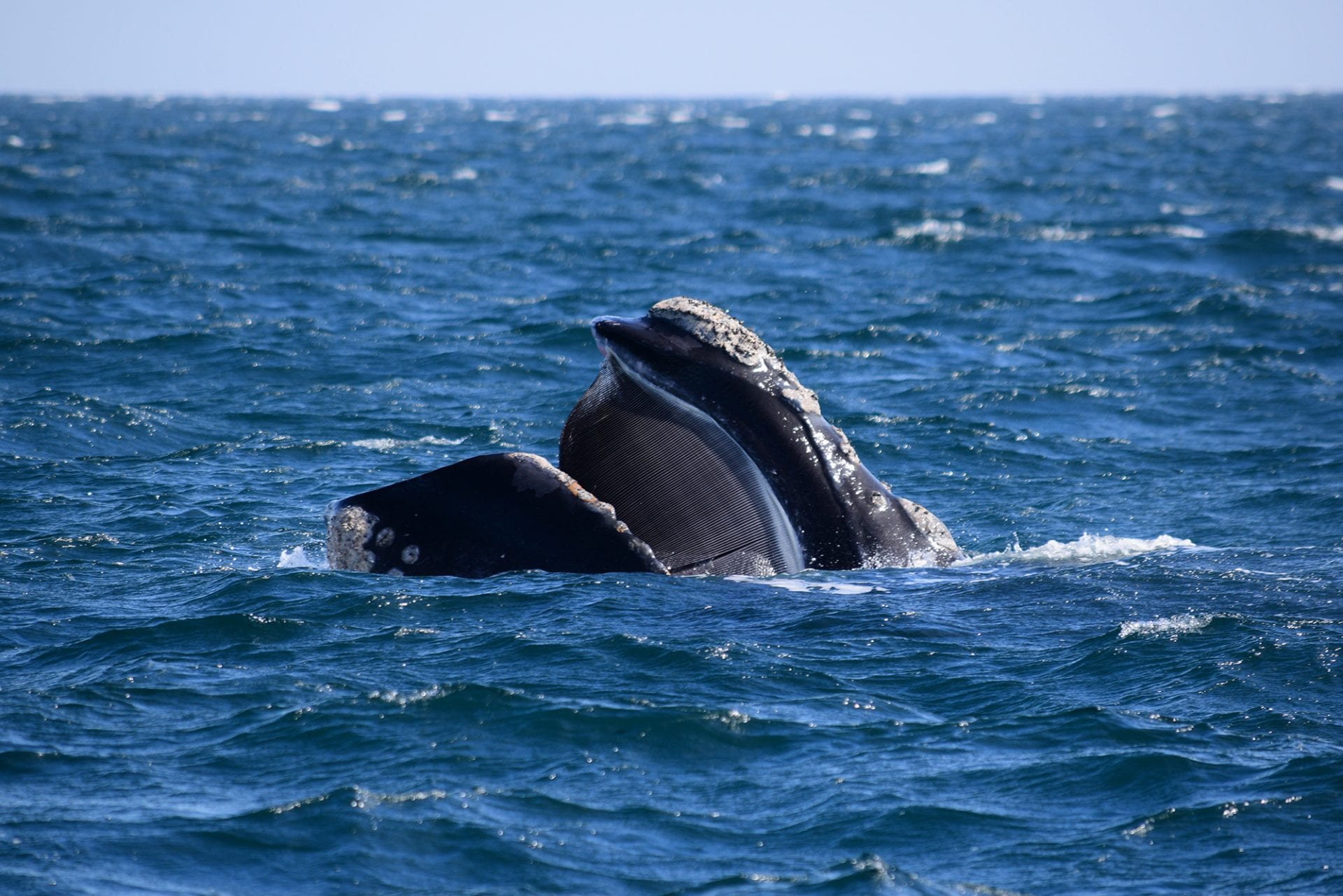
Communication and Social Behavior
All cetacean species are able to communicate for a variety of purposes. This includes mothers and calves staying in contact, group hunting, animals finding each other over a large area, and males sending messages of aggression to other males
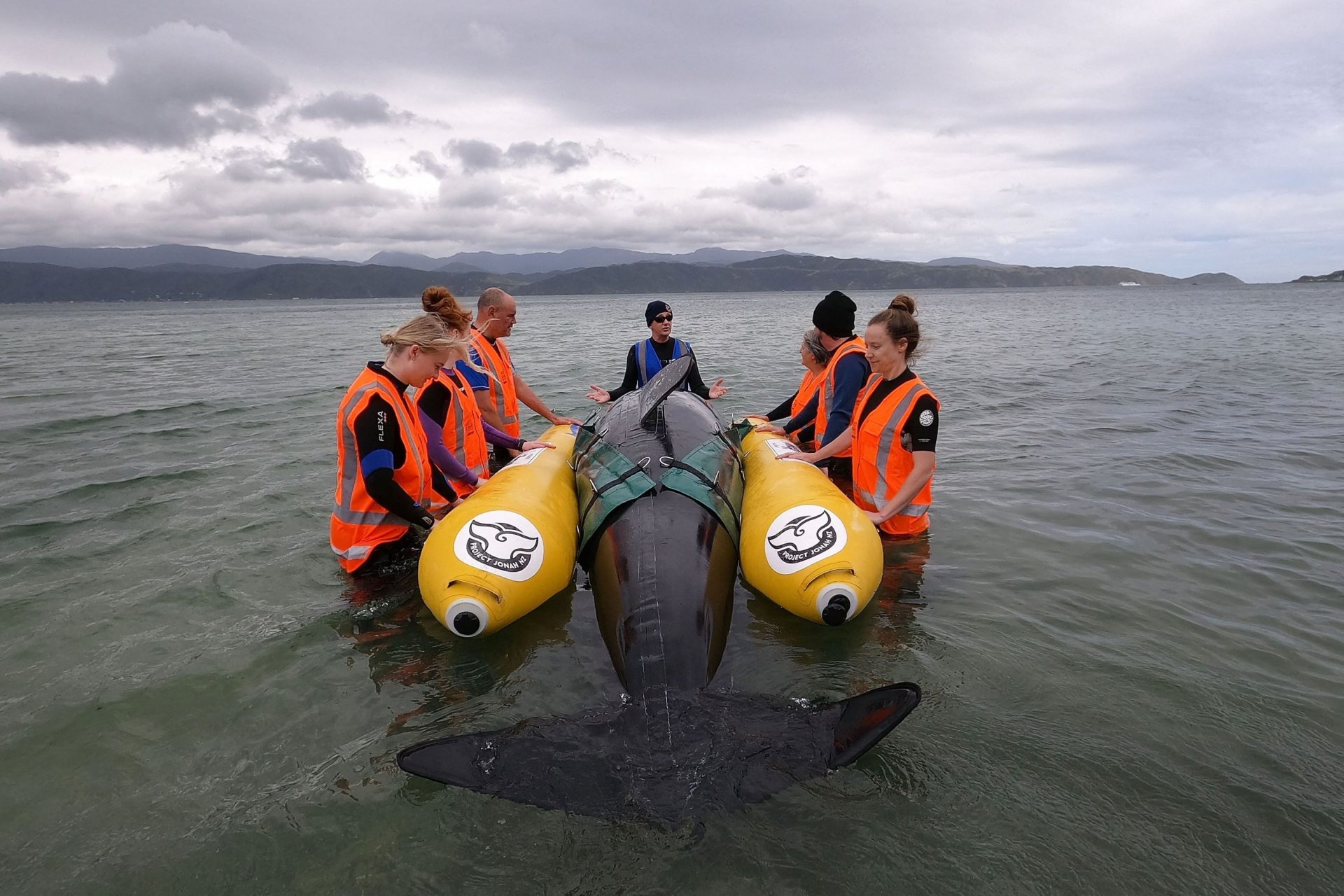
Conservation Efforts
There are a large number of user groups that have an interest in how the ocean and coastlines are used and protected. Each brings its own expertise, point of view, and set of goals.
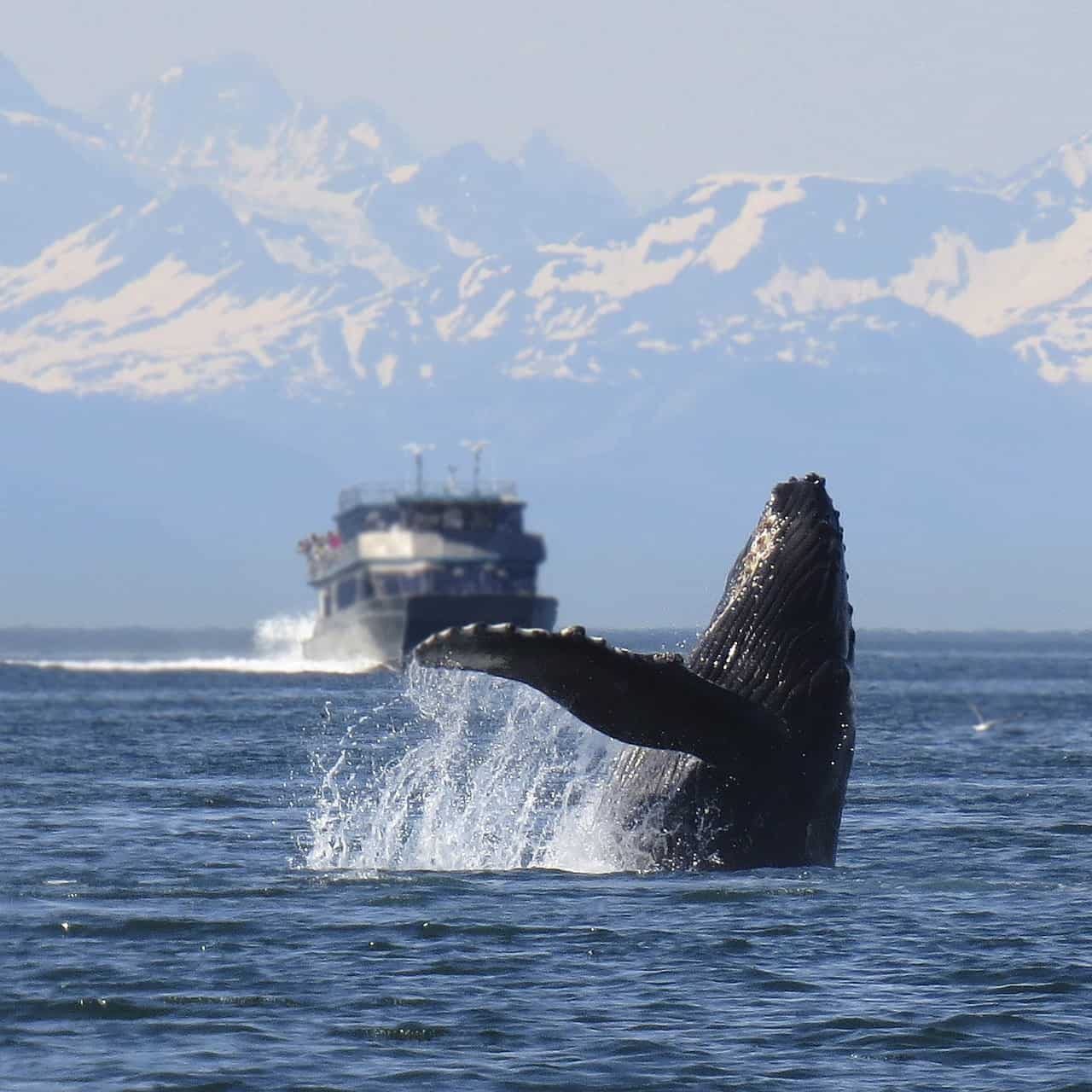
Current Threats
Commercial whaling officially ended in the United States in 1972. Yet, due to a variety of our activities we are still responsible for killing hundreds of animals annually.
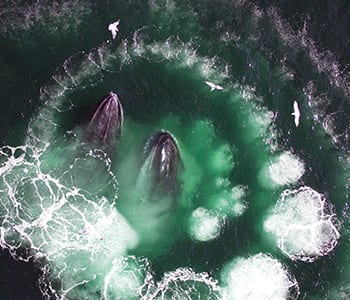
Feeding
Whales, dolphins and porpoises are all predators. But the way they catch their prey depends on what they are eating.
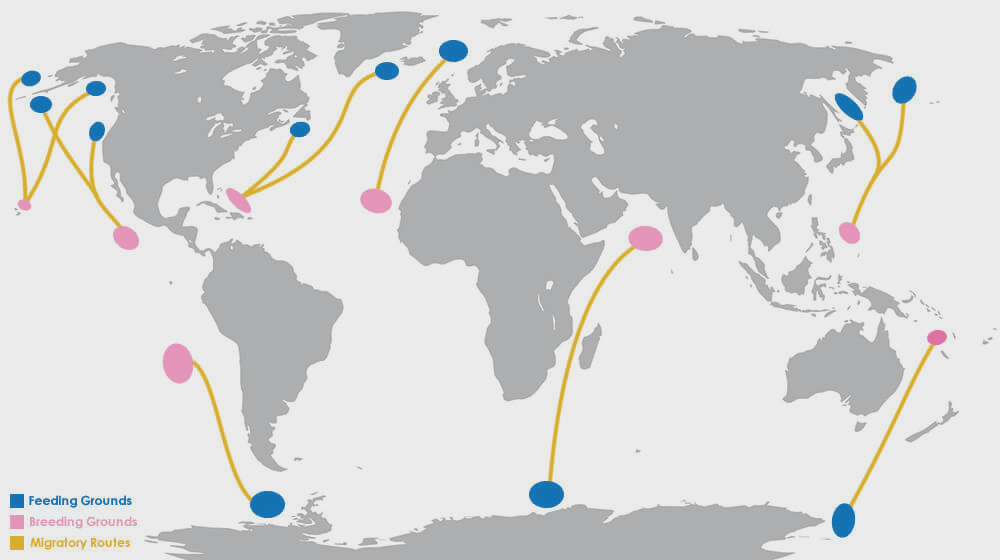
Habitat
Some cetacean species’ distribution is limited while others are found worldwide. Large species like blue, humpback, and fin whales are found globally, although they have their own groups and, in some cases, subspecies that have their own range.

Ocean Stewardship
A multitude of organizations use their expertise as educators and advocates to push for protection, conservation, research and better understanding of cetaceans. Several of those groups have connections to our region.
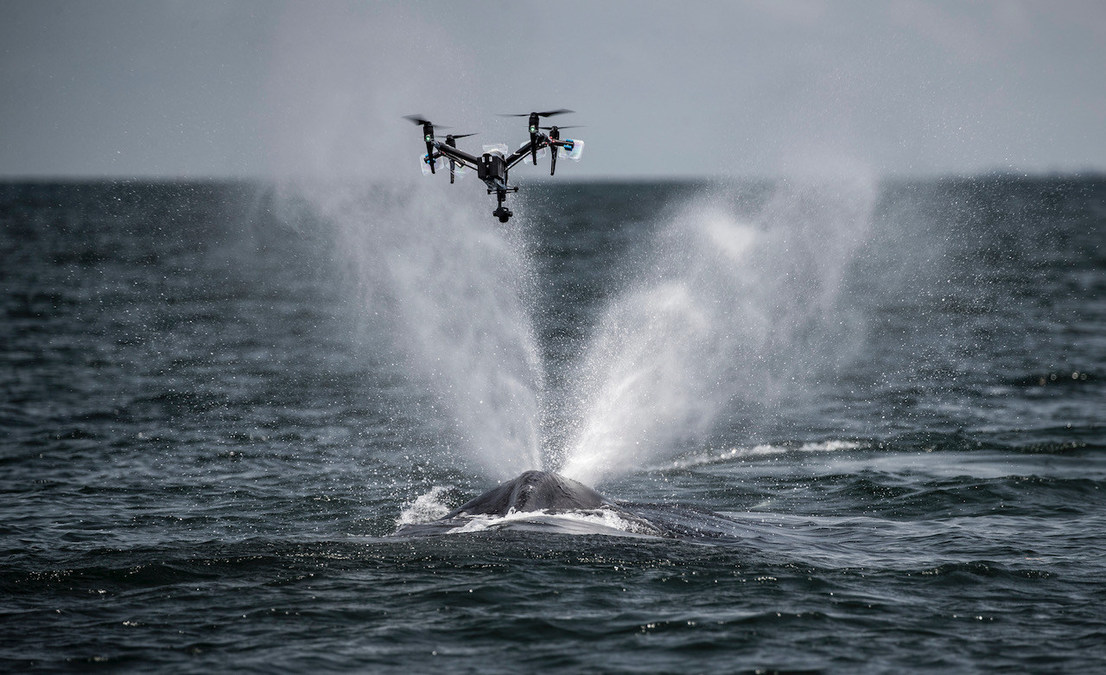
Research Methods
Studying large animals that live in water, that don’t spend much time at the surface, that don’t speak a human language, ... and that could kill you or sink your boat with one flick of its tail, is not easy.
